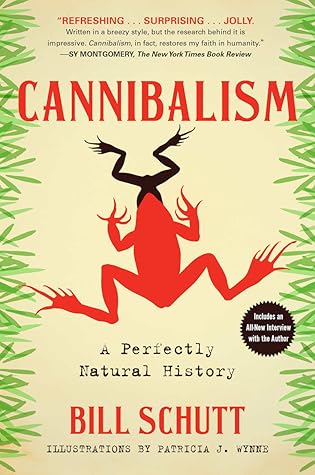More on this book
Community
Kindle Notes & Highlights
According to Sugg, “One thing we are rarely taught at school yet is evidenced in literary and historic texts of the time is this: James I refused corpse medicine; Charles II made his own corpse medicine; and Charles I was made into corpse medicine.”
Human skulls not ground into powder were often left out in the air, where they served as the substrate for “skull moss”—a curative applied topically to stem bleeding and to treat disorders of the head.
Arabs often used the petroleum-based substance we call tar or bitumen as an adhesive and to staunch wounds. Their word for this material was mumia but it also became their word for the mummified human remains they discovered after taking over Egypt in the 6th century CE. The Arabs mistakenly believed the mummies to have been prepared with bitumen during the preservation process. Centuries later, Europeans heard about the medical benefits of mumia. Unfortunately, they wound up hoarding mumia—the dried-up dead guys, rather than mumia—the tarry stuff. Either the locals never figured out the
...more
“The first thing I noticed after taking placenta products [capsules] after baby number seven [not her real name] was the energy. I felt very energetic.
According to information gathered from interviews with the Fore, kuru victims were favored at mortuary feasts because the physical inactivity that characterized the latter stages of the disease left the stricken individuals with a tasty layer of subcutaneous fat.


